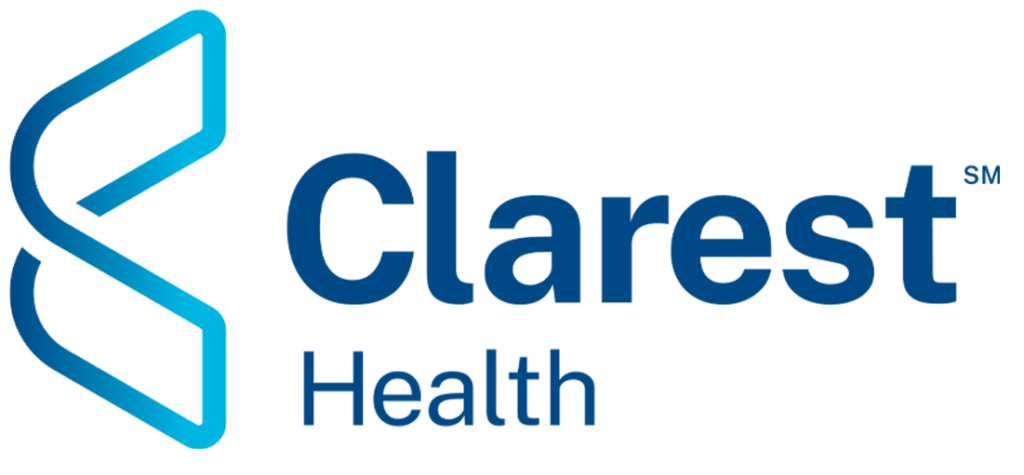Early in his adult life, Tom Hyde’s family experienced a life-changing medical event that would alter his professional trajectory.
His father was entering a rehab facility specialized in the treatment of Traumatic Brain Injuries (TBI’s). This was Tom’s first involvement with post-acute care. Tom was already committed to being a pharmacist and after seeing the difference these care givers made in the life of his loved one, he knew where he wanted his focus on health care to be.
While in pharmacy school he started working for an independent pharmacy that provided care to skilled nursing facilities, reinforcing where he wanted to continue to work and touch patients’ lives and make improvements in the health care system. After graduating from St. John’s University, he became the PIC at the independent pharmacy he was working at and started consulting at skilled nursing facilities. While consulting at the skilled nursing facilities he was witness to how other pharmacies provided service, and things did not go smoothly. Aside from the usual stress, the pharmacy serving the skilled nursing facilities was unreliable, falling short of performance standards. Patients could go days without getting their medications, pharmacy communication to the skilled nursing facility was poor causing negative patient outcomes and distrust among the nursing team. In addition, the patient and family members were caused undue stress and anxiety.
As a pharmacist the experience got Tom thinking. There had to be a way to make the experience better. Patients deserved to get their correct medications, on time, every time. Tom knew that he could make a significant difference in patient care, even without being a direct caregiver.
Most patients and families expect skilled nursing facilities to operate like hospitals, which have an in-house pharmacy. That is not the case for most skilled nursing facilities. Tom realized that a solution that provided better service – and integrated with the facility staff rather than dictating to them – would result in a better experience for both patients and staff.
In 2007 Tom partnered with Paul Meyeroff, another veteran of the LTC pharmacy industry, and together they founded ProCare LTC. Paul and Tom sought to offer personalized pharmacy care focused on providing a higher quality of service and the lowest cost possible. There was one simple principle that drove Tom and the creation of ProCare “every decision that we make around the patient should be the same decision we would make for our own loved one”.
They started by building a team of pharmacy experts to achieve the common goal of providing the best standard of care. As ProCare and their client list grew, the company’s service mission remained its focus.
ProCare utilized an ongoing quality assurance program that focused on the objectives necessary to help everyone – from technician to pharmacist – create a premium service. The use of the latest technologies and unique systems-based dispensing created greater cost savings for the end user.
ProCare has worked over the years to differentiate its offering by providing a higher level of service than competitors and by introducing a series of technological innovations. Today, in its 15th year of service, ProCare provides Personalized Medication Management to more than 250 regional facilities – including skilled nursing facilities, group homes, assisted living and intellectual or developmental disability facilities– in Connecticut, Massachusetts, New York, Ohio, Pennsylvania, and Rhode Island. Procare serves more than 35,000 lives in these facilities.
As the company looks to the future and the needs of patients and providers, it has identified ways to enhance pharmacy delivery services, expand to more geographic locations and expand its service offerings. In recognition of this expanding focus, the company is changing its name to Clarest Health.
The ProCare name and legacy that Tom and Paul built remain an important foundation for the company’s journey of Advancing Patient Health at Every Step.

